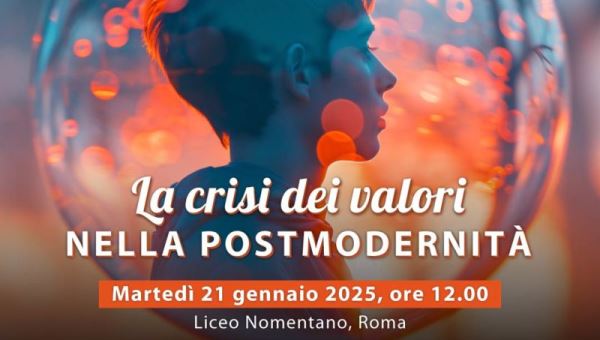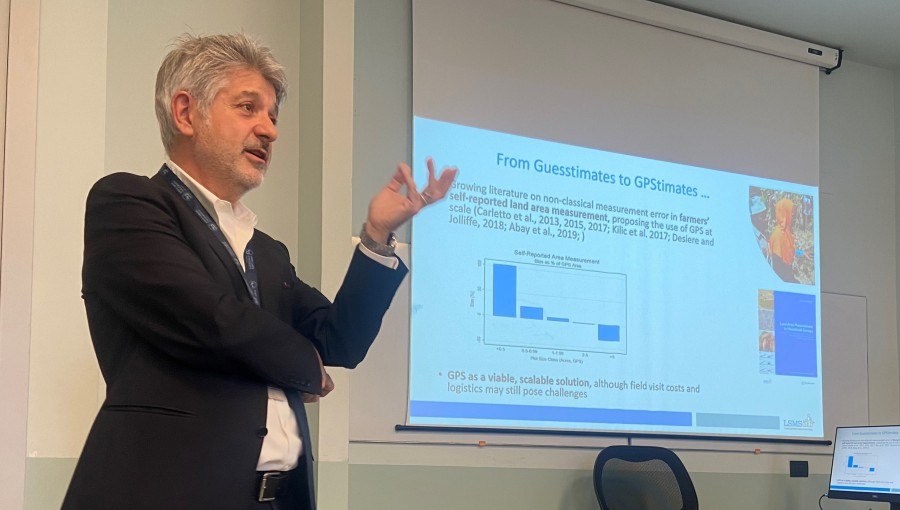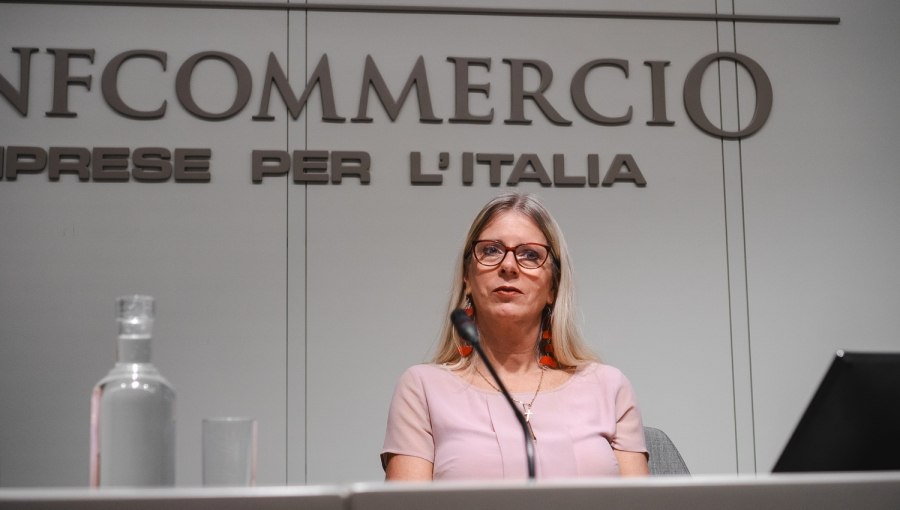Imaging Jewish Life: A Lecture by Professor Federica Clementi
On February 8, 2016, the Guarini Institute for Public Affairs welcomed Federica K. Clementi, Associate Professor in the Department of English Language and Literature at the University of South Carolina, to give a lecture on “From Eastern Europe to West Hollywood: Imaging Jewish Life and Family.”
Professor Federica Clementi
Prof. Clementi, who specializes in Jewish Studies and Literature, opened her lecture by showing a number of clips from shorts, TV shows and films produced by Jewish artists, Yiddle with his Fiddle, The Light Ahead, and Seinfeld among them. She then continued by describing the impact that the Shtetls, predominantly Jewish small towns, had on Yiddish culture. As Shtetls were often hit by Pogroms, and completely disappeared after the Shoah, their image in Jewish culture was idealized, also thanks to the many references to them in 20th century literature. In their literary appearances, Shtetls featured many stereotyped characters, such as the fool (schlemiel), who still often appear in cinema and television, if in a changed way.
The reason for the relevance of these characters in contemporary pop culture, Clementi continued, is to be found in the large influx of Jewish immigrants who moved from Central and Eastern Europe to the United States in the beginning of the 1900s. Many of them were writers, artists, and businessmen, who found the U.S. to be more tolerant than the countries they left, if only slightly. Among them were entrepreneurs such as the Warner Brothers, who together with other Jewish immigrants founded Hollywood. Their influence on pop culture was immense, Clementi said, as they “asked their audience to identify with an American Dream they were creating.” However, while Jews were not actively persecuted in the U.S., feelings of anti-Semitism lingered. As a result, Jewishness was something these entrepreneurs kept silent, if not hidden, while the classic characters from the Shtetl were changed to highlight their more negative parts. For instance, a classical character like the “Jewish mother” changed from being a strong breadwinner to a mean, scary person, as can be observed in many contemporary films and TV shows. Prof. Clementi concluded by remarking how, even with the great influence Jewish artists and writers have had on pop culture, anti-Semitism is still alive in the United States.






